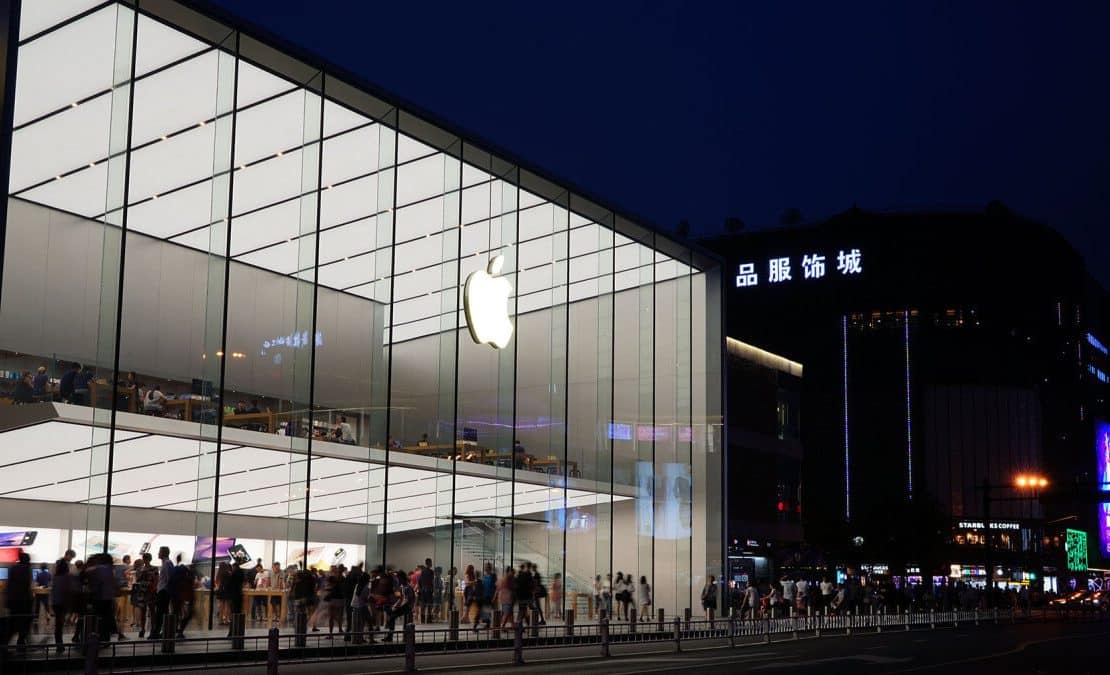By: Mohammed Isa
Follow in the footsteps of the major players—and find real success for your startup.
Many of you were glued to your screens on the 9th of September for the unveiling of the new Apple product lines. You may have been left overwhelmed (or even underwhelmed) with what Apple announced, but we are here to discuss a few things that will be important to your own successful product launch.
Keep in mind that what you saw with the recent Apple recent was the result of weeks of preparation and rehearsals by the entire team. Similarly, Steve Jobs’ amazing iPhone launch was the result of hundreds of hours of rehearsals using unfinished, buggy phone prototypes. He actually had multiple iPhones on stage, because they usually crashed after performing multiple tasks.
“Begin building hype around your products before they launch—but make sure they can actually live up to it.”
Keep your friends close
You may have noticed that the front rows of all Apple keynote audiences are quite cheerful. The fact is, Apple fills those seats with its employees. There are many reasons behind that. Employees fill the space, and they clap really hard—and, last but not least, they keep customers motivated. At this last event, Apple had to have even more employees in place to fill the 7,000-seat venue.
In addition to employees, Apple really cares about their technology journalists, who receive invites and are now able to get a firsthand look at shiny, new products as soon as they leave the venue. The company has a notorious reputation for blacklisting publications after disputes, or simply for writing any unjustified review. This gives journalists who are at the event a sense of acceptance by the company.
A startup may not have this privilege, but it can utilize whatever influence it has available to make sure that everyone who’s invited is in the same mindset.
Tell a story
Apple’s classic narrative has been to showcase products or features, then come up with actual scenarios involving how to use them live onstage. These snapshots of the daily user’s life certainly strike the right chord with their target audience. Simple things like asking your TV, “What did she say?” while watching a movie, then having Apple TV respond to your question—and going back 15 seconds to actually show you what the actress said in captions—are classic examples of things we do on daily basis that this product can make easy.
Focus upon your audience and their needs, not the product or features. Show people how you can fit into their lives, not how they should change their lives to use your products.
“Focus upon your audience and their needs, not the product or features. Show people how you can fit into their lives, not how they should change their lives to use your products.”
Build hype
Begin building hype around your products before they launch—but make sure they can actually live up to it. Apple has many controlled leaks for a specific trusted press publication or two, and this is how they leverage awareness to test or prepare the public for something big.
Another method we saw recently was used by a Chinese smartphone manufacturer called OnePlus. The company’s latest phone was launched slowly before its final unveiling, highlighting one feature every week on social media and building hype until the final unveiling of the phone. They also had a notorious invite system that kept customers in long virtual queues while asking them to join social media conversations and enter contests. All of a sudden, customers would receive an invite enabling them to buy the phone, available for only 24 hours before expiry.
Apple, on the other hand, disables pre-orders and pushes customers to their retail stores to access products. This is done to create long lines and queues—to feed the hype even further, and sell outrageously overpriced accessories to loyal followers.
With that said, you’ll need products that are actually good in order to gain loyal customers, who will double as a fan base for your brand. All of this requires more work and dedication than a simple marketing event or campaign.

